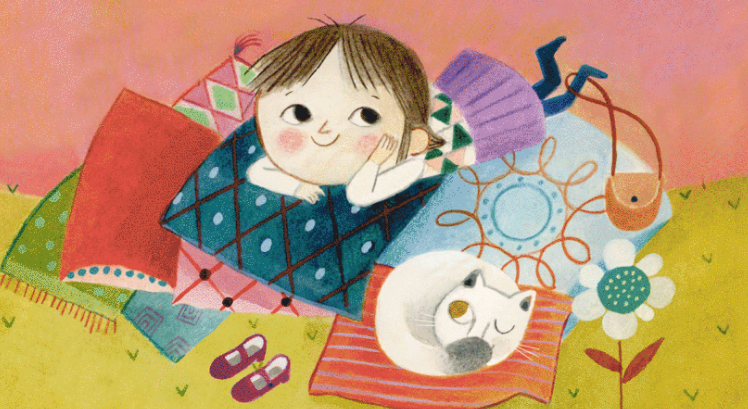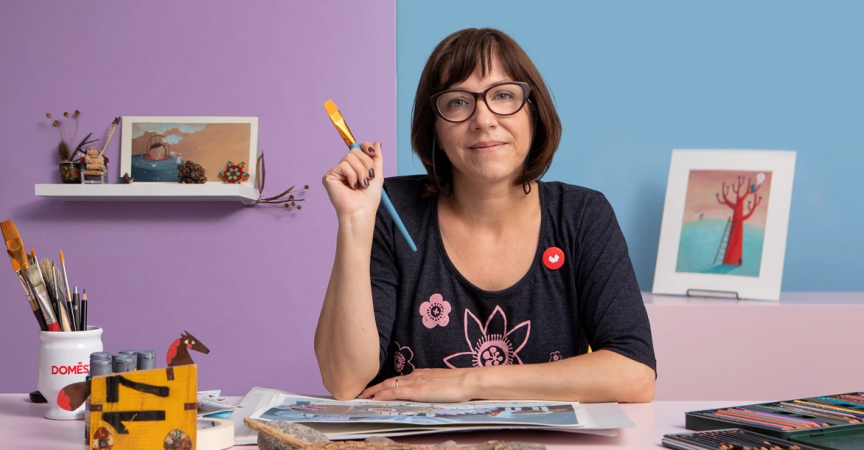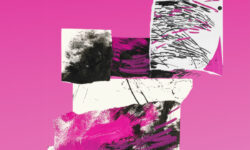Children’s Narrative Illustration with Mixed Techniques
Release date:2021
Author:Cecilia Varela
Skill level:Beginner
Language:Spanish
Exercise files:Yes
Create an illustrated story full of life with a unique style that combines multiple techniques.
Even the smallest details in your life, something you saw, heard, or felt, can be a source of inspiration for a story. Cecilia Varela, illustrator and author of several children’s books, teaches you how to look deeper into your world to create new ones.
In this course, learn how to craft a narrative illustration full of life and meaning. Create an illustrated story with a unique style by experimenting with a variety of techniques including gouache, acrylic paints, collage, colored pencils, and watercolors.

In the next unit, cover the basics of narrative illustration including what it is and the most commonly used materials and techniques. Analyze the work of several professional illustrators to see how they developed their distinct styles and then practice the art of observation in search of inspiration and your own visual storytelling style.
Next, gather some objects that inspire you and use them to draw your characters in different poses and postures and create their surroundings. Experiment with collage and create multiple compositions to see how the different elements interact until you find the perfect combination for your final illustration. Then, create a color palette that expresses your protagonists’ personality and emotions. Explore different techniques with acrylics, gouache, and colored pencils and add visual textures to your illustration.
Finally, learn how to use basic Photoshop tools to retouch your illustration and get it ready to print or share on your social media. To wrap things up, Cecilia gives you some tips on how to protect and preserve your original illustration.





 Channel
Channel






Sir please upload the course character design : illustrate an expressive creature by Sam nassour from domestika